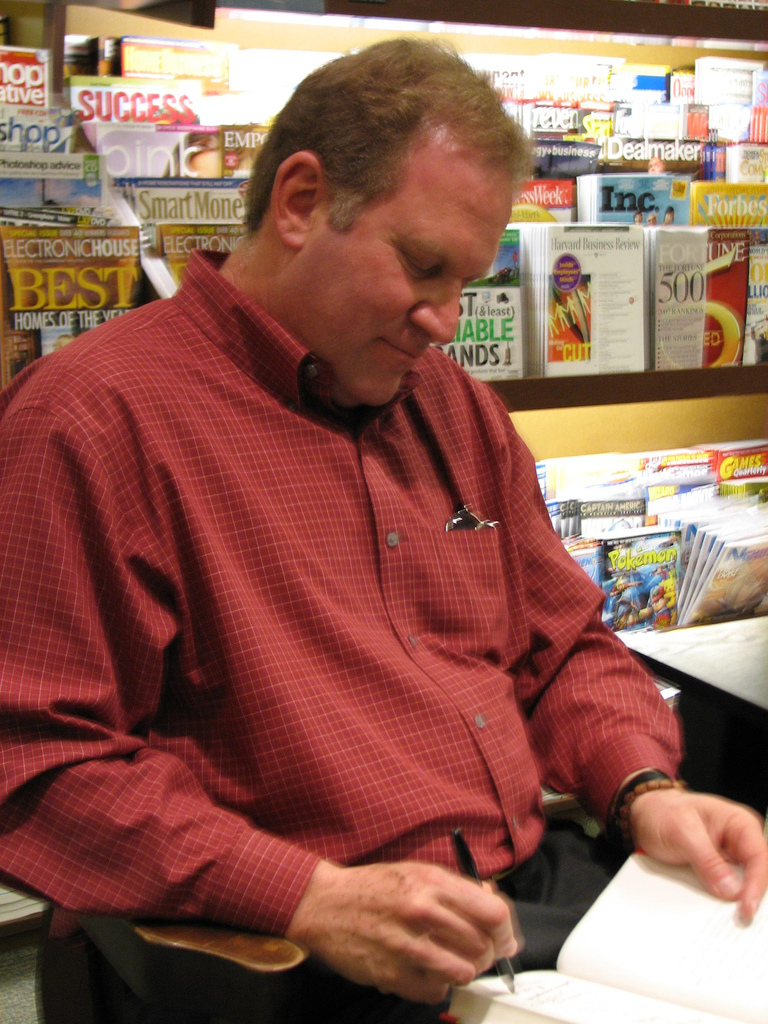
The sangha has been meeting since 1991, when Surya Das opened the Dzogchen Center here after decades of training with Tibetan teachers. What's so valuable to Jane Moss, who's been practicing 15 years, is learning how "to be in the present moment." And also to accept that reality involves perfection and "to view the world as good and people as basically loving." Each month, the group holds a meditation focused on love and compassion. My ultimate aim is liberation." After eight years of practicing, "I am happier, more grateful, more able to roll with whatever punches or moments of annoyance may present themselves," Ms. "Then I read 'Awakening the Buddha Within,', and it spoke to me directly. The group then gathered in a circle for a half hour of discussion.Ĭarol Marsh, an architect who served as practice leader for the evening, had an interest in finding a spiritual path for years, but was "resistant to anything nonrationalist," she says afterward in an interview. A practice leader led a quiet hour of meditation interspersed with the chanting of prayers and mantras. "It's the transformative practices like meditation which people are really attracted to."Īt a sangha "sitting" in Cambridge, Mass., last week, some 20 devotees sat cross-legged on four rows of large burgundy-colored cushions before a small candlelit altar. "People are looking for experiential practices, not just a new belief system or a new set of ethical rules which we already have, and are much the same in all religions," Surya Das says. "They are not building big temples, but offering wisdom and ways of reconciliation and peacemaking, which are so much needed." Even a larger factor, he suggests, is that Buddhism offers spiritual practices that Western religions haven't emphasized. "People feel that Buddhist figures like the Dalai Lama and Thich Nhat Hanh of Vietnam are contributing something, not trying to convert people," says Lama Surya Das, a highly trained American lama in the Tibetan tradition. What is drawing people (after that fascination with Zen Buddhism in the '50s and '60s)? The Dalai Lama himself has played a role, some say, and Buddhism's nonmissionizing approach fits well with Americans' search for meaningful spiritual paths. Seager, a professor of religious studies at Hamilton College, in Clinton, N.Y.

Immigrants from Asia probably account for two-thirds of the total, and converts about one-third, says Dr. "The 1.5 million is a low reasonable number," says Richard Seager, author of "Buddhism in America." That makes Buddhism the country's fourth-largest religion, after Christianity, Judaism, and Islam.

An ARIS estimate puts the total in 2004 at 1.5 million, while others have estimated twice that.

Though the religion born in India has been in the US since the 19th century, the number of adherents rose by 170 percent between 19, according to the American Religious Identity Survey. Teaching centers and sanghas (communities of people who practice together) are spreading here as American-born leaders reframe ancient principles in contemporary Western terms. But he'll also sit down for teach-ins among the burgeoning American faithful.īuddhism is growing apace in the United States, and an identifiably American Buddhism is emerging. When in America, the Dalai Lama is a sought-after speaker, sharing his compassionate message and engaging aura well beyond the Buddhist community.Īfter inaugurating a new Dalai Lama Center for Peace and Education in Vancouver, B.C., the Tibetan leader this week begins a visit to several US cities for public talks, sessions with young peacemakers, scientists, university faculty, corporate executives, and a California women's conference. That genial face has become familiar across the globe - almost as recognizable when it comes to religious leaders, perhaps, as Pope John Paul II.


 0 kommentar(er)
0 kommentar(er)
